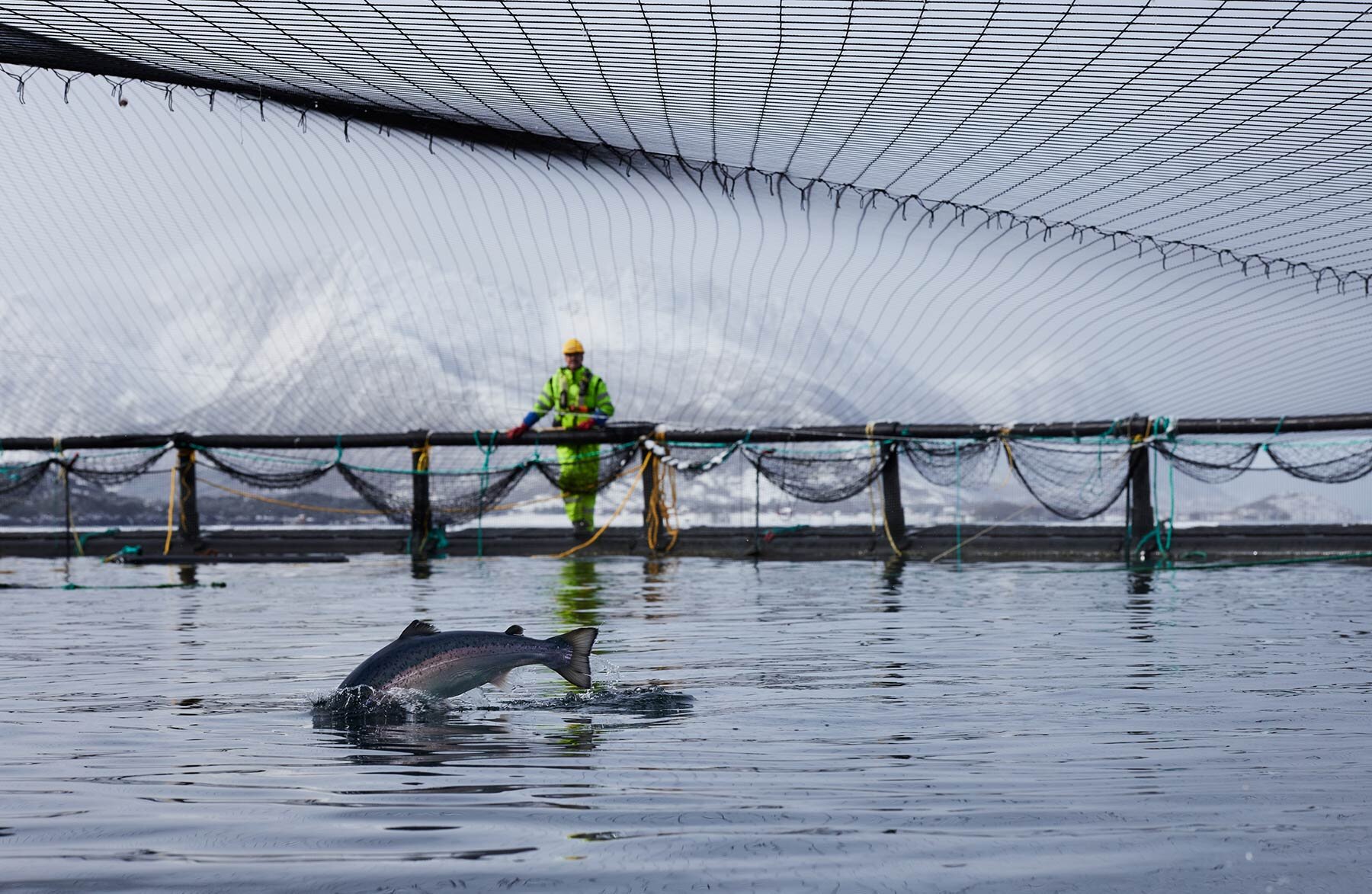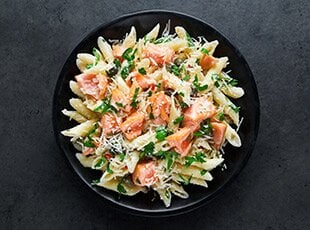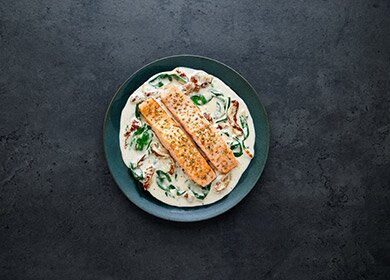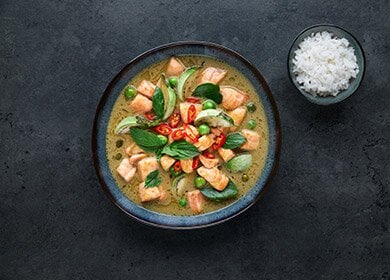Norwegian fish farming began in the 1970s, when we bred the first ever ocean-farmed Norwegian salmon in floating sea pens. Today, Norway continues to use its expertise in ethology, marine biology and technology to ensure food safety and the future of the industry. Strict measures have been put in place to ensure we allow the industry to develop while respecting surrounding ecosystems.
Caring for our fish
Our extensive experience, coupled with advanced technology, enables us to promote the healthy and safe development of our fish at every stage of the supply chain. Each farm must have a licence to operate and be located in an area that protects the environment and native stocks. We have strict criteria that farms must meet in order to obtain a license:
Farms must be located in the open sea, in the cold and clear waters of our fjords, far enough away from maritime traffic areas. The fish must have ample space to swim and grow in a clean environment. We guarantee at least 97.5% water to every 2.5% salmon. Once approved, the production site must agree to being strictly and regularly monitored. Between each farming cycle, farms are left to rest in order to preserve the natural environment. During this period, the seabed is closely monitored. We restrict the number of farms to fewer than 750 per 18,000 miles of coastline and licences are allocated sparingly to avoid excessive development. All of our fish are treated with the utmost care. Not only is it the right thing to do, stress actually affects the taste of the fish. There are heavy penalties for any farm that violates our laws.
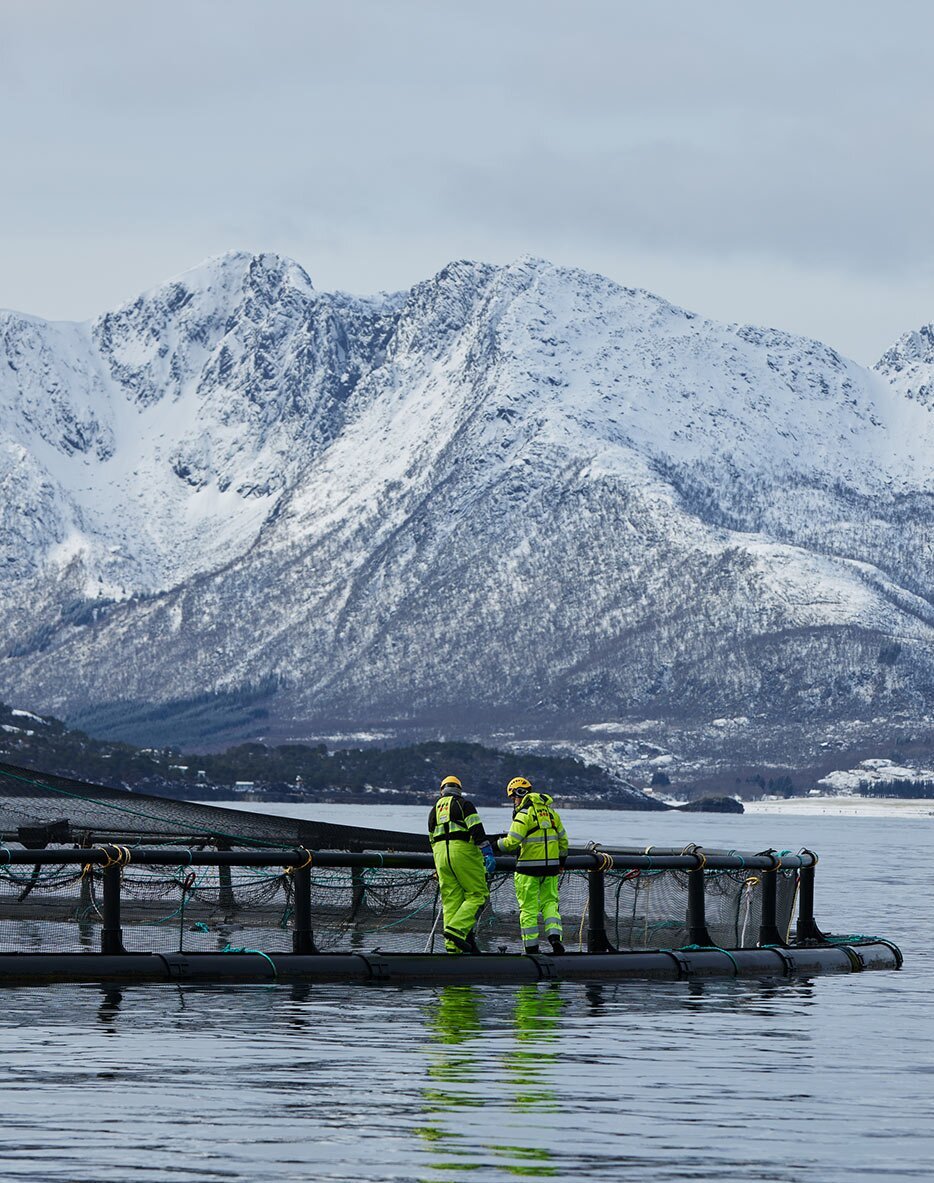
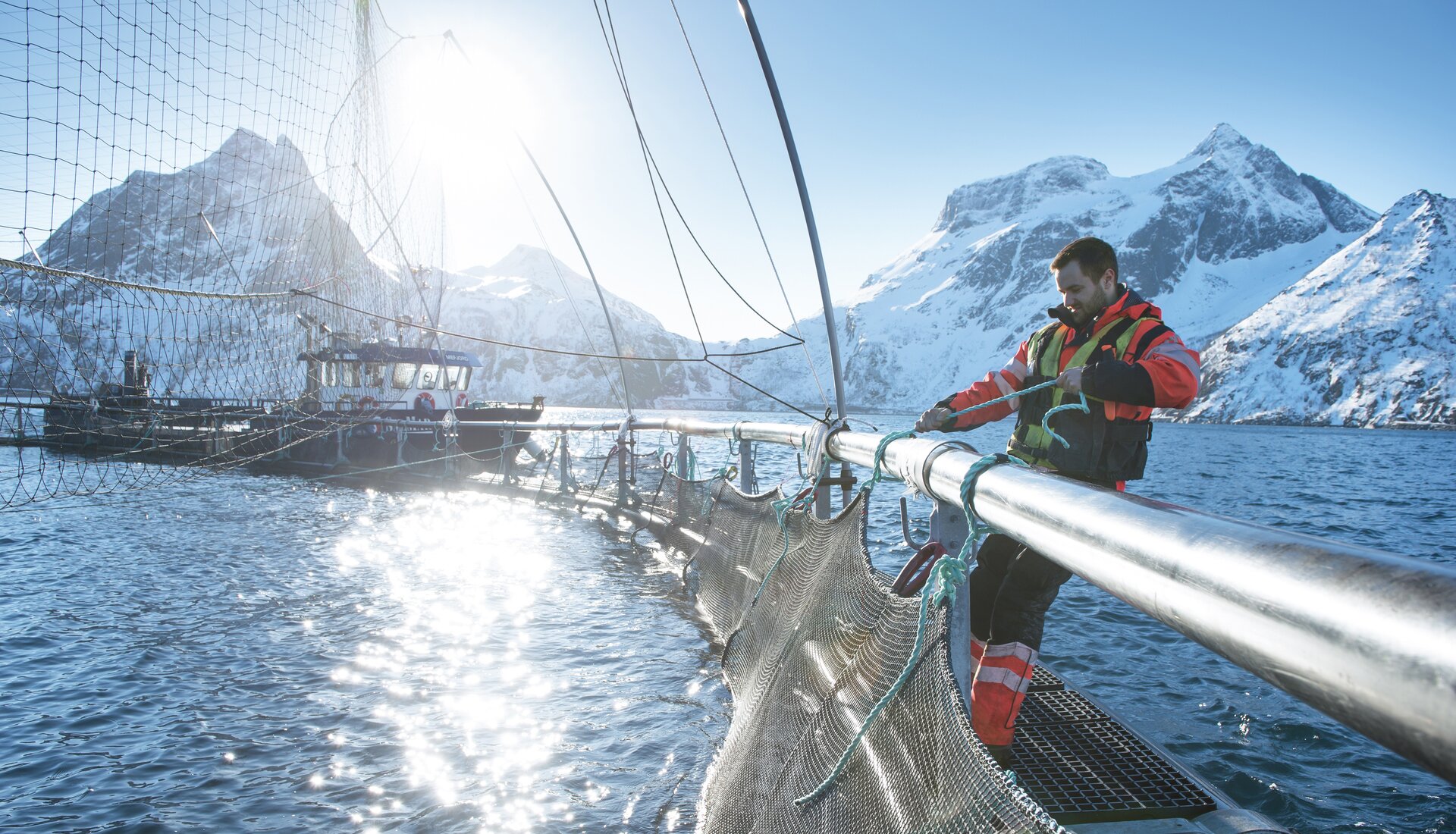
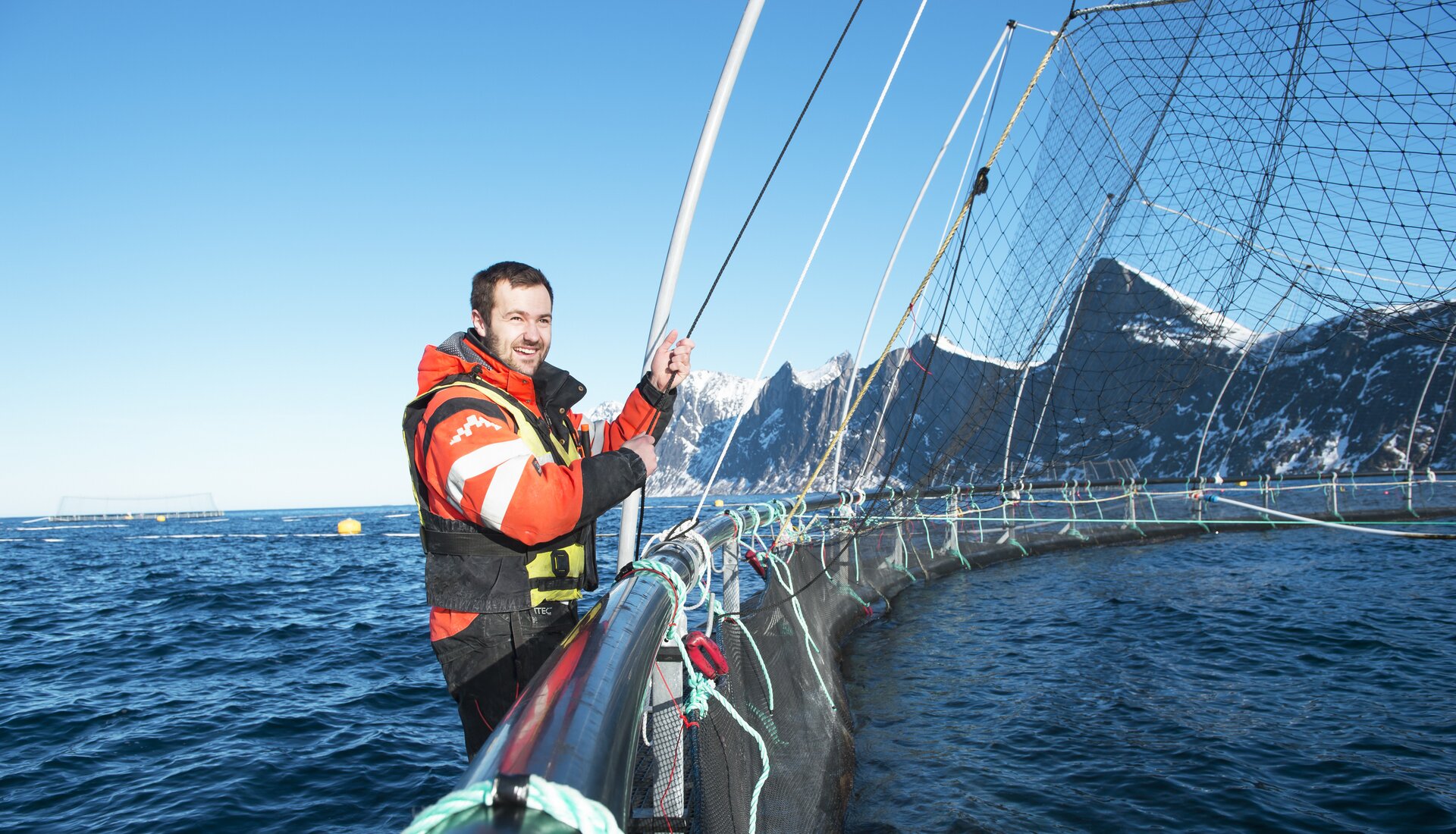
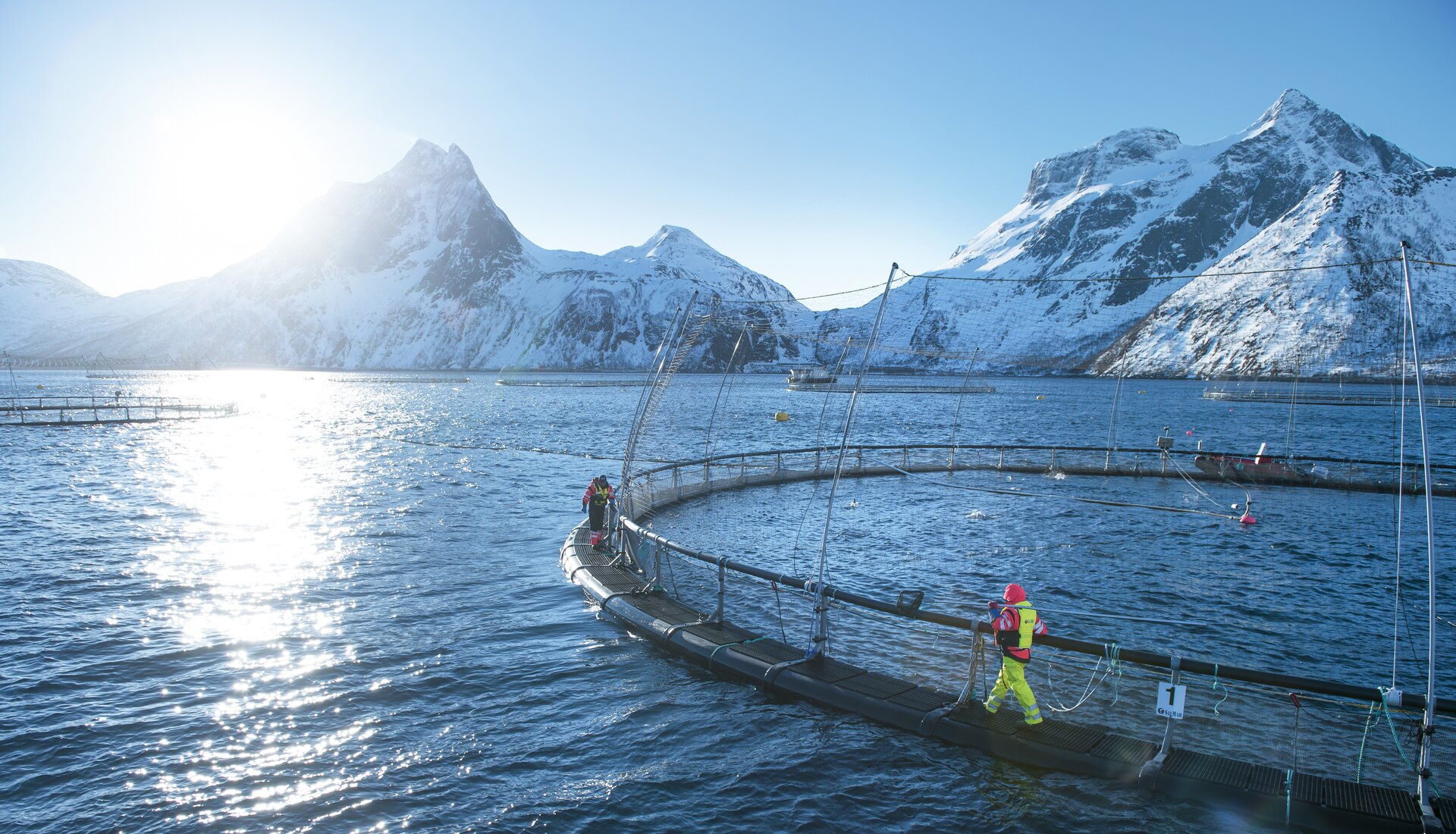
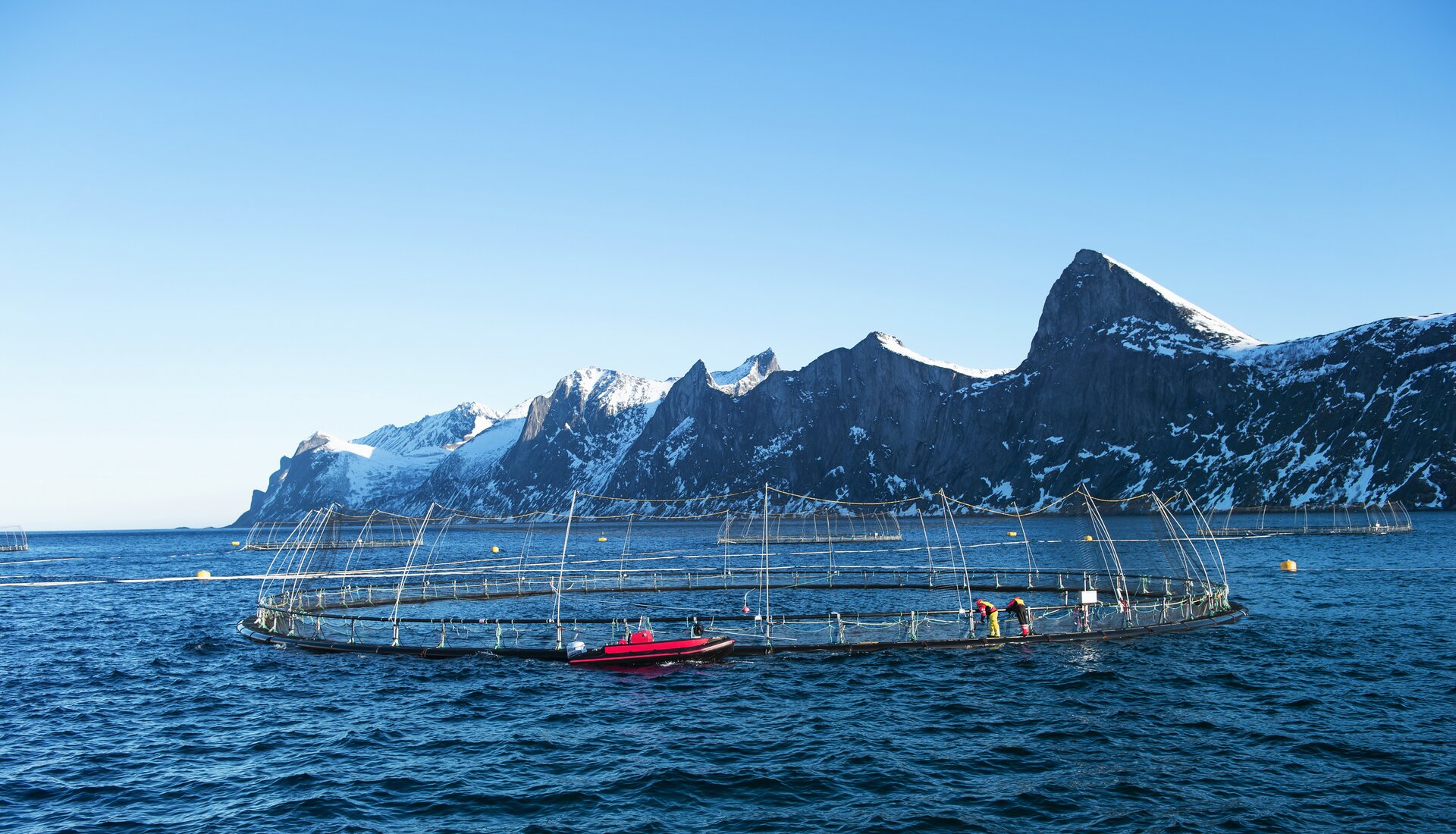
Becoming world leaders in aquaculture
Norwegian aquaculture methods have developed rapidly in the 50 years since our first salmon farms. Now, thanks to close cooperation between scholars and fish farmers, we are in the process of determining whether other species are suitable for farming, such as cod and halibut. Fjord Trout have developed in our advanced aquaculture methods, raised in net-pens in open water and fed formulated feed producing the highest quality fish.
To become a world leader in aquaculture, Norway has relied on its strict guidelines, close monitoring and sustained commitment to development. This includes an $19 million investment from the fish farmers each year (in addition to state investments) to fund research and development.
